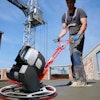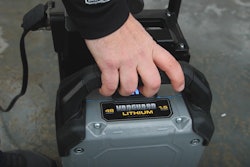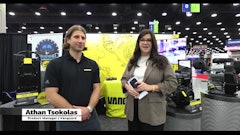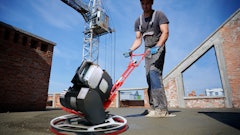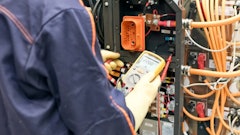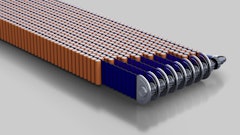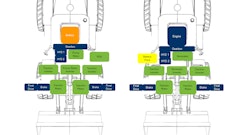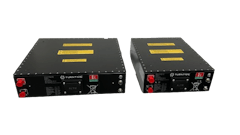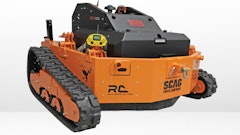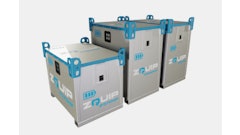
In 2024, global Li-ion battery shipments reached an estimated 1,353 GWh. This is a year-on-year increase of 23% and 1.7 percentage points higher than the figure we presented in September 2024. The positive change is mainly due to stronger demand for energy storage.
In key markets such as China and the United States, the installed capacity of energy storage, especially large-scale energy storage projects, exceeded previous market expectations, therefore providing a strong boost for Li-ion battery demand. However, in the field of new energy vehicles, the performance of European and American markets was much slower. Factors in Europe such as subsidy policy adjustments and sluggish economic growth have contributed to the decline in demand for electric vehicle (EV) batteries.
Over the forecast period covered by our Li-ion Battery and Manufacturing Equipment – 2024 report (2024-2029), global Li-ion battery shipments are forecast a compound annual growth rate (CAGR) of 20.6%. This has been revised down by 0.8 percentage points from the previous forecast. Important influencing factors include the uncertainty of new energy industry policies in Europe and the United States, particularly the change in attitude of the new U.S. government towards new energy. As a major global market for new energy vehicles and energy storage, the policy orientation of the United States plays a crucial role in the development of the industry. If policy support weakens, the investment and construction progress of new energy projects will be hindered, affecting demand for Li-ion batteries in the downstream market.
 Global shipments of Li-ion batteries are expected to more than double between 2024 and 2029, although our forecasts have been revised down slightly.Interact Analysis
Global shipments of Li-ion batteries are expected to more than double between 2024 and 2029, although our forecasts have been revised down slightly.Interact Analysis
Li-ion battery short- and long-term production capacity expectations downgraded
Global Li-ion battery capacity reached an estimated 2,967 GWh in 2024. This is a year-on -year increase of 27.6%, which is 2.1 percentage points lower than the previous forecast. During the period from 2024 to 2029, the CAGR of total capacity has also been revised down by 0.2 percentage points to an estimated 17.6%. This follows on from the downgraded previous prediction and is largely due to the dual pressures of overcapacity and a slowdown in demand.
In the past few years, there has been an investment boom in the Li-ion battery industry, and the influx of a large amount of capital has led to rapid capacity expansion. However, the growth of market demand, especially in the field of EV batteries, has failed to keep up with capacity expansion, resulting in insufficient capacity utilization. According to our statistics, the EV battery capacity utilization rate in 2024 was estimated to be around 57%, which undoubtedly intensifies market competition and expedites the phasing out of outdated production capacity. In addition, the energy storage market in some regions faces problems such as slow policy implementation and project development challenges, which to some extent restrains the utilization of existing production capacity.
Amid slowing growth, opportunities still exist
In 2024, the global market for Li-ion battery manufacturing equipment was valued at $21 billion, with 3.3% year-on-year growth, downgraded by 1.3 percentage points from the previous forecast. The slowdown in equipment demand is closely related to changes in Li-ion battery capacity and shipments. The slowdown in capacity expansion has led to a decrease in equipment procurement demand. Battery vendors are also becoming more cautious about investing in equipment upgrades because of the slowing rate of technological iteration.
 Slightly more constrained growth is forecast for the global Li-ion battery equipment market.Interact Analysis
Slightly more constrained growth is forecast for the global Li-ion battery equipment market.Interact Analysis
A CAGR for global Li-ion battery manufacturing equipment revenue of 7.0% from 2024 to 2029 is predicted, less than 0.1 percentage points lower than the previous forecast. With the gradual commercialization of new battery technologies such as solid-state batteries and sodium-ion batteries, production processes and equipment requirements are different from those of traditional Li-ion batteries, which will bring new development opportunities for Li-ion battery equipment vendors.


